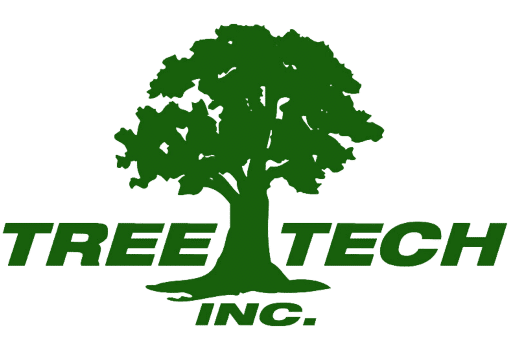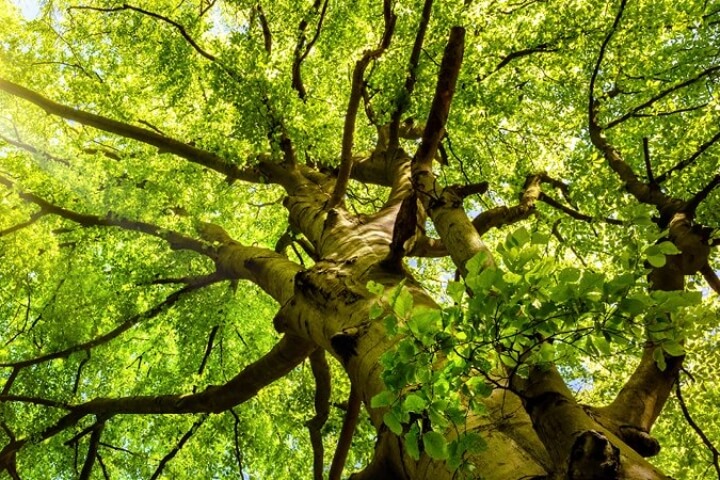
Beech trees are as beautiful as they are mysterious. All over much of the northeastern United States and especially common in New England, these gentle giants can stand proudly for up to 400 years or more, thriving through the changing seasons and the busy world around them. They are an important food source and provide vital habitat for many animals throughout the ecosystems in which they live. They deliver much-needed shade for people, homes, and communities. Each fall, their brilliant orange, yellow, copper, and bronze hues deliver dazzling bursts of color that light up the forests with remarkable colors.
Sadly, an emerging threat called Beech Leaf Disease (BLD) threatens the livelihood of these majestic trees. This disease is spreading quickly throughout the areas where beech trees call home, causing mature specimens and saplings to succumb to an early demise. To protect these beloved beech trees and stop the spread of BLD, it’s important to understand how beech leaf disease is spreading across local forests and communities. You should also recognize how to identify symptoms of infection and know the steps to take to treat infected trees.
Do I Have a Beech Tree?
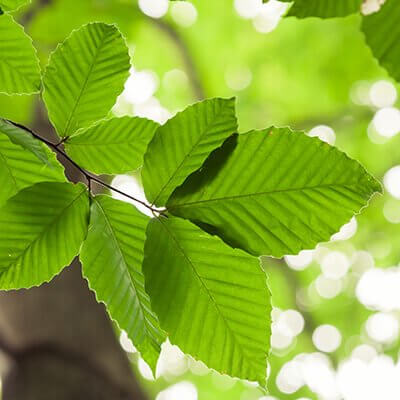 It’s easy to identify a beech tree! These gorgeous giants have distinctive characteristics that help them stand out among the crowd. Their bark is relatively smooth and light gray, covering a large trunk that soars skyward up to 80 feet or more in mature specimens. Beech trees are also renowned for their dense foliage and large, spreading crown. They have unmistakable leaves with serrated edges and long veins, approximately 6 inches long and 3 inches wide. The tree’s small flowers are monoecious, meaning that male and female flowers develop on the same tree. Male flowers are yellow and grow on stalks, while female flowers are reddish and emerge in clusters.
It’s easy to identify a beech tree! These gorgeous giants have distinctive characteristics that help them stand out among the crowd. Their bark is relatively smooth and light gray, covering a large trunk that soars skyward up to 80 feet or more in mature specimens. Beech trees are also renowned for their dense foliage and large, spreading crown. They have unmistakable leaves with serrated edges and long veins, approximately 6 inches long and 3 inches wide. The tree’s small flowers are monoecious, meaning that male and female flowers develop on the same tree. Male flowers are yellow and grow on stalks, while female flowers are reddish and emerge in clusters.
Does My Tree Have BLD?
Unfortunately, both ornamental and native beech tree species can become infected with BLD. The disease is caused due to an infection by a type of nematode worm, Litylenchus crenatae mccannii. The worm makes its way into the buds and leaves of beech trees, leaving a distinct trail of destruction that is clear to recognize. It’s easiest to detect infection by closely examining the tree when the tree has lots of leaves, generally between spring and fall. To confirm infection, look for the following telltale characteristics:
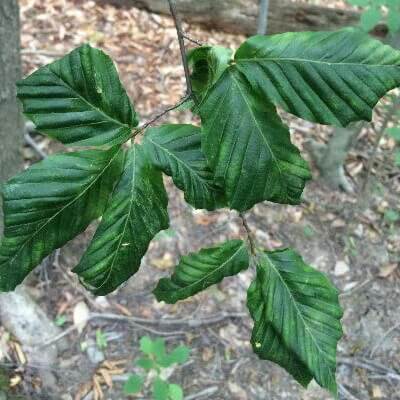
Source: mass.gov
Deformed leaves that are leathery, curled, crinkled, or distorted
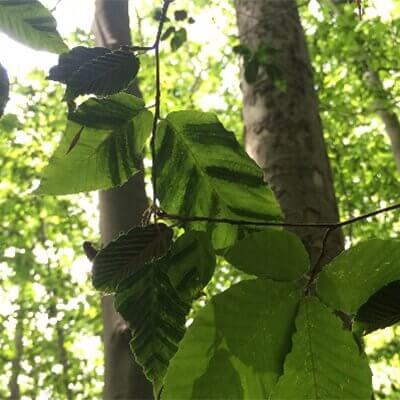
Source: mass.gov
Darker banding on the leaves that is detectable by holding the leaves up to a light source
Beech leaf disease is dangerous for trees at all stages of their life cycle. It’s especially harmful for saplings, killing up to 90% of infected trees within five years. For mature trees, the disease can cause death in as little as six years.
Can BLD Be Treated?
While there are no official cures yet available, a range of promising experimental treatments are available. Botanists and researchers are actively researching new treatments and cures for BLD in the lab. On the ground, arborists can also provide helpful advice on best practices to help ensure the health of both affected and unaffected trees.
For Massachusetts residents, it’s important to report any sightings of the disease immediately to your local arborist. You can also report it to the DCR Forest Health Program by clicking this link. Arborists must know when and where BLD is spreading so they can act quickly to help stop it.
Do you have a beautiful Beech Tree (or any other tree) that you are concerned about?
If you suspect signs of beech leaf disease or notice the unmistakable symptoms, call us immediately. We can then assess the situation and discuss management options if necessary. Don’t have a Beech Tree, but still have concerns about the health of the trees on your property? Call us as we can schedule a time for one of our licensed and specially trained arborists to visit your property and provide a report and recommendations specific to your needs.
How to Tell if Beech Leaf Disease Is Affecting Your Trees in Eastern Massachusetts
Also Serving Rhode Island
Boston | Worcester | Cambridge | Brockton | Quincy | New Bedford | Fall River | Newton | Foxboro | Framingham | Plymouth | Attleboro | Taunton | Hingham | Needham | North Attleboro | Norton | Easton | Franklin | Walpole | Dover | Westwood
Providence | Warwick | Cranston | Pawtucket | Newport | Woonsocket | Cumberland | Coventry | Newport | Johnston | North Kingstown | Bristol | Portsmouth
Home » How to Tell if Beech Leaf Disease Is Affecting Your Trees
